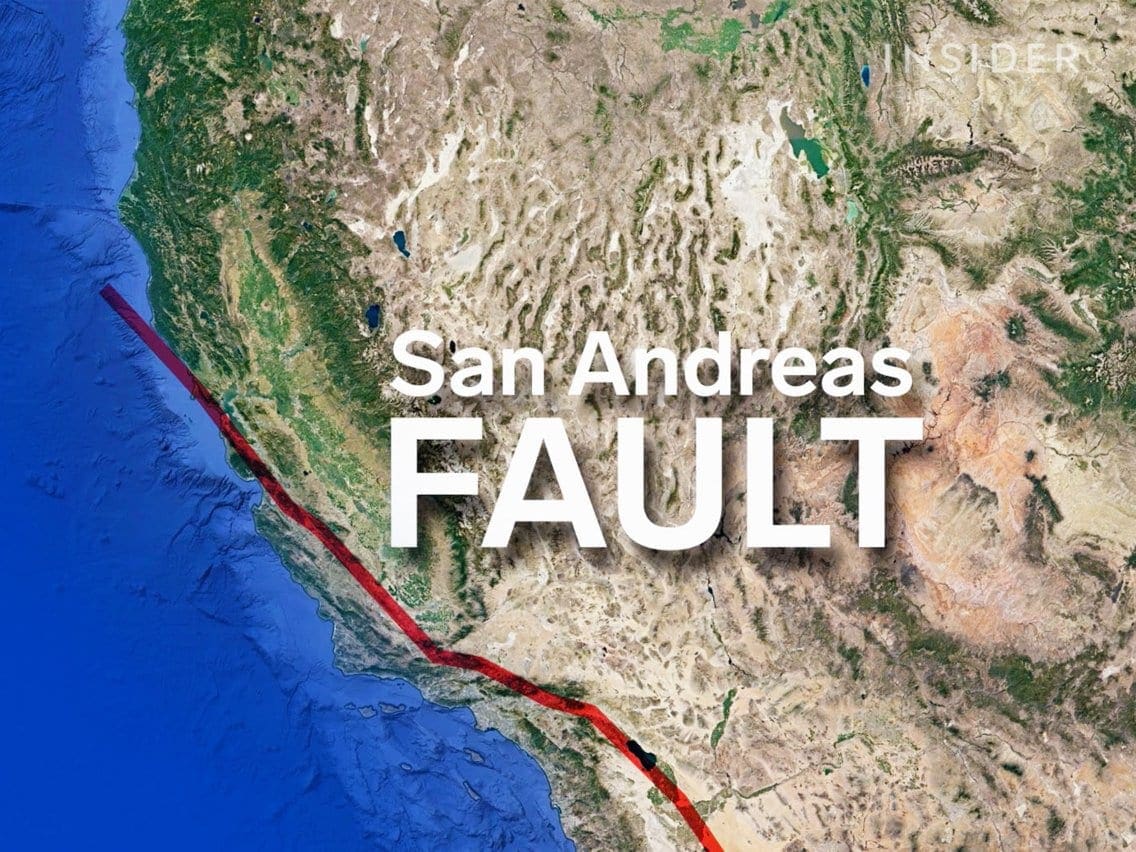While california won t fall into the ocean earth slipping along the san andreas fault means los angeles and san francisco will be next door neighbors in the future

While California won’t fall into the ocean, Earth slipping along the San Andreas fault means Los Angeles and San Francisco will be next-door neighbors in the future.

Image source: kcet.org
The possibility of California falling into the ocean is a commonly misunderstood fact. While it makes for sensational movies and novels, the scientific reality is quite different. According to the United States Geological Survey (USGS), California will not plunge into the ocean. However, the way Earth’s tectonic plates move along the San Andreas fault will eventually result in interesting geological changes, making Los Angeles and San Francisco next-door neighbors.
The San Andreas fault, which stretches approximately 800 miles (1,300 kilometers) through California, is a major geologic fault that marks the boundary between the North American and Pacific tectonic plates. This fault is known for its constant seismic activity and is responsible for numerous earthquakes in the region.

Image source: weinsteinconstruction.com
Contrary to popular belief, the movement along the San Andreas fault mainly involves horizontal slip, rather than vertical displacement. This means that California is not in danger of being swallowed by the ocean. Instead, the tectonic plates on either side of the fault are sliding past each other horizontally.
Over millions of years, this horizontal movement will continue to reshape the landscape of California. While it won’t result in California physically breaking off and sinking into the ocean, it will bring significant changes to the state’s geography.
One of the most notable changes will be the eventual convergence of Los Angeles and San Francisco. As the plates continue to slide past each other, Los Angeles and San Francisco will inch closer, becoming neighbors over an extended period. This process, however, occurs so slowly (an estimated rate of approximately 2 inches per year) that it is not noticeable in human timescales.
The USGS emphasizes that this slow movement and convergence are an integral part of the natural geologic processes occurring along the San Andreas fault. While earthquakes will continue to shake the region, it is essential to separate fact from fiction when considering the risks associated with the San Andreas fault.
In conclusion, while the idea of California falling into the ocean may captivate the imagination, it is not supported by scientific evidence. Instead, the San Andreas fault’s horizontal slip will eventually bring Los Angeles and San Francisco closer together. The gradual convergence of these two major cities will be an interesting consequence of Earth’s tectonic movements and will reshape the California landscape in the distant future.
Source: USGS FAQ - Will California Eventually Fall into the Ocean?
Tags
Share
Related Posts
Quick Links
Legal Stuff

